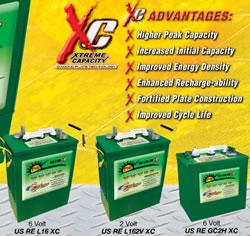Peel-And-Stick Solar Power
Peel-and-stick, or water-assisted transfer printing (WTP), technologies were developed by a group at Stanford and have been used before for nanowire based electronics. A new partnership between Stanford University and the U.S. Department of Energy's National Renewable Energy Laboratory (NREL) has conducted the first successful demonstration using actual thin film solar cells, NREL principal scientist Qi Wang said.
The university and NREL showed that thin-film solar cells less than one-micron thick can be removed from a silicon substrate used for fabrication by dipping them in water at room temperature. Then, after exposure to heat of about 90°C for a few seconds, they can attach to almost any surface.
Wang met Stanford's Xiaolin Zheng at a conference last year where Wang gave a talk about solar cells and Zheng talked about her peel-and-stick technology. Zheng realized that NREL had the type of solar cells needed for her peel-and-stick project. Full Article:
Comments (0)
This post does not have any comments. Be the first to leave a comment below.
Featured Product

